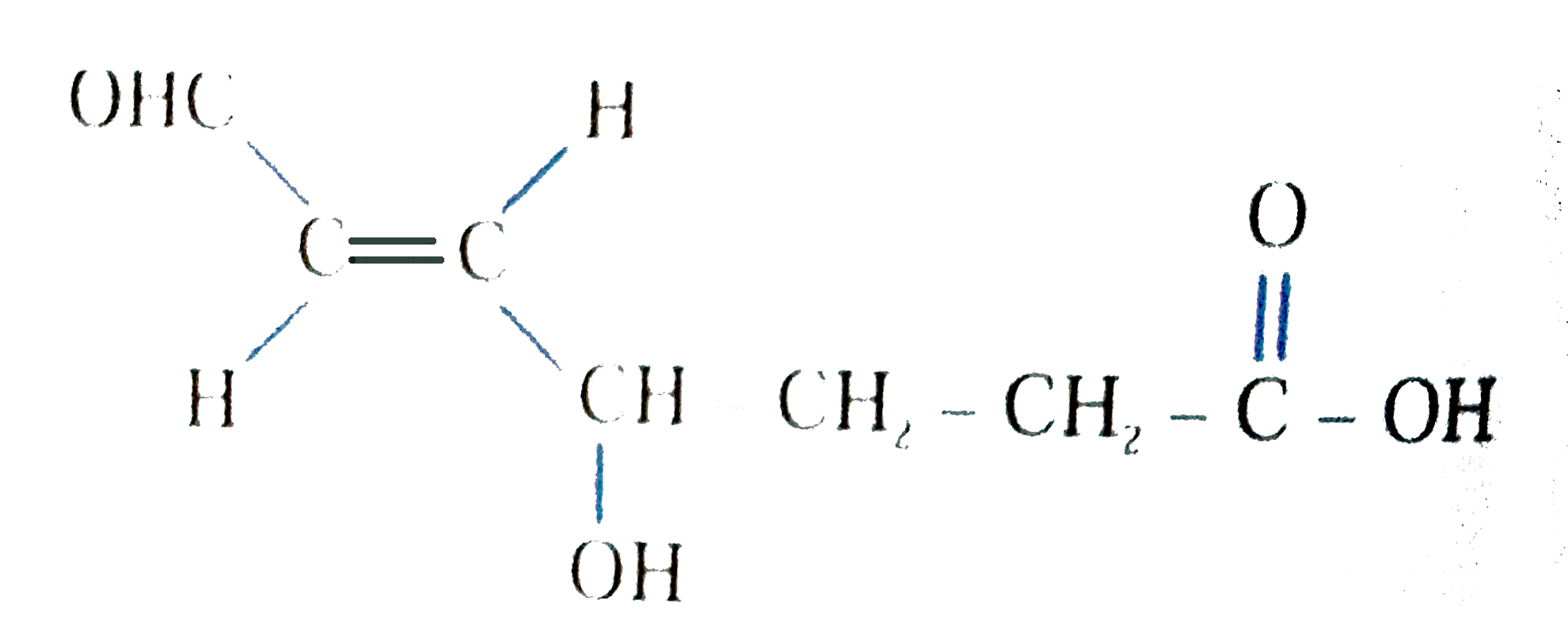A→B,kA=1015e−2000/T
C→D,kc=1014e−1000/T
Temperature at which kA=kc is
1000 K
2000 K
20002.303K
10002.303 K
The correct Answer is:D
1015.e−2000/T=1014.e−1000/T
10=e1000/T
Topper's Solved these Questions
- CHEMICAL KINETICS BOOK - NARAYNACHAPTER - CHEMICAL KINETICS EXERCISE - EXERCISE -2 (C.W) ORDER OF REACTION
16 Videos
- CHEMICAL KINETICS BOOK - NARAYNACHAPTER - CHEMICAL KINETICS EXERCISE - EXERCISE -2 (C.W) HALF LIFE
4 Videos
- CHEMICAL KINETICS BOOK - NARAYNACHAPTER - CHEMICAL KINETICS EXERCISE - EXERCISE -1 (H.W) COLLISION THEORY
4 Videos
- CARBOXYLIC ACIDBOOK - NARAYNACHAPTER - CARBOXYLIC ACIDEXERCISE - All Questions
288 Videos
- CHEMISTRY IN EVERYDAY LIFEBOOK - NARAYNACHAPTER - CHEMISTRY IN EVERYDAY LIFEEXERCISE - ASSERTION & REASON TYPE QUESTIONS
10 Videos
Similar Questions
The decomposition of CH3OH occurs as CH3CHO(g)→CH4(g)+CO(g), the kinetic data provided is

The rate expression thus can be given as
View SolutionThe half life period of a first order reaction is 10 minutes . The time required for the concentration of the reactant to change from 0.08 M to 0.02is :
View SolutionConsider the energy profile, for the reaction x+y→R+S .Which of the following deduction about reaction is not correct?

View SolutionProvide IUPAC name of the compound given below.

View Solution(A) Analgesics bring down body temperature during high fever.
(R ) Tetracyclin is a tranquillizer.
View SolutionFor a gaseous reaction, following data is given:
A→B,k1=1015e−2000/T
C→D,k2=1014e−1000/T
The temperature at which k1=k2 is
View SolutionThe rate constant k1 and k2 for two different reactions are 1016e−2000/T and 1015e−1000/T, respectively. The temperature at which k1=k2 is
View SolutionA rarr B, k_(A)=10^(15) e^(-2000//T) C rarr D, k_(c)=10^(14) e^(-1000//T) Temperature at which k_(A)=k_(c) is
View SolutionThe rate constants k_(1) and k_(2) for two different reactions are 10^(16) * e^(-2000//T) and 10^(15) * e^(-1000//T) , respectively . The temperature at which k_(1) = k_(2) is
View SolutionThe rate constant k1 and k2 for two different reactions are 1016e−2000/T and 1015e−1000/T, respectively. The temperature at which k1=k2 is
View SolutionThe rate constant k1 and k2 for two different reactions are 1016e−2000/T and 1015e−1000/T, respectively. The temperature at which k1=k2 is
View Solution{:(A rarr B, k_(A)=10^(15)e^(-2000//T),),(C rarr D, k_(C )=10^(14)e^(-1000//T)):} Temperature T K at which (k_(A)=k_(C )) is :
View SolutionFor the two gaseous reactions, following data are given A→B,k1=1010e−20,000/T,C→D,k2=1012e−24,606/T the temperature at which k1 becomes equal to k2 is :
View Solutionगैसीय अभिक्रिया के लिए निम्न आँकड़ा दिया गया है
A→B,k1=1015e−2000/TC→D,k2=1014e−1000/T
किस ताप पर k1=k2 होगा ?
View Solutionदो विभिन्न अभिक्रियाओं के लिए वेग स्थिरांक k1 तथा k2 के मान क्रमश: 1016.e−2000/T तथा 1015⋅e−1000/T हैं। जिस ताप पर k1=k2 होता है, वह है।
View SolutionFor the reaction, following data is given
A→B:K1=1015 exp(−2000T) C→D,K2=1014 exp (−1000T)
The temperature at whilch K1=K2 is
View Solution
